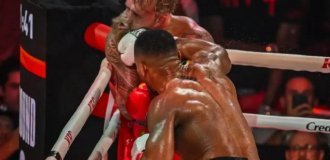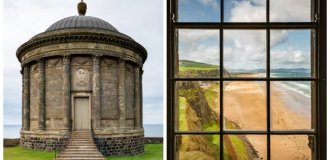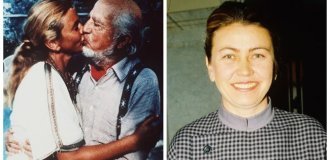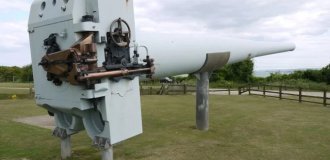Photos in the style of traditional Chinese painting (25 photos)


1. Dong Hong-Oai was born in 1929 in Guangzhou City, Guangdong Province, China. He left the country at age seven after the unexpected death of his parents.

2. As the youngest of 24 children, Dong went to live in the Chinese community in Saigon, Vietnam. He later visited China several times, but never lived in that country again.

3. Upon arriving in Saigon, Dong became an apprentice in a Chinese immigrant photography studio. There he learned the basics of photography. He also fell in love with photographing nature, which he often did using one of the cameras from the studio. In 1950, at the age of 21, he entered the Vietnam National University of Arts.

4. In 1979, a bloody border opened between the Socialist Republic of Vietnam and the People's Republic of China. The Vietnamese government began a repressive policy against ethnic Chinese living in the country. As a result, Dong became one of the millions of "boat people" who fled Vietnam in the late 70s and early 80s.

5. At the age of 50, not knowing English and having no family or friends in the United States, Dong arrived in San Francisco. He was even able to purchase a small room for developing photographs.

6. By selling his photographs at local street fairs, Dong was able to earn enough money to periodically return to China to take photographs.

7. Moreover, he had the opportunity to study for some time under the guidance of Long Chin-San in Taiwan.

8. Long Chin-San, who died in 1995 at the age of 104, developed a photography style based on traditional Chinese depictions of nature.

9. For centuries, Chinese artists have created majestic monochromatic landscapes using simple brushes and ink.

10. These paintings were not supposed to depict nature exactly, they were supposed to convey the emotional atmosphere of nature. In the last years of the Song Empire and the beginning of the Yuan Empire, artists began to combine three different art forms on one canvas... poetry, calligraphy and painting.

11. It was believed that this synthesis of forms allowed the artist to fully express himself.

12. Long Chin-San, born in 1891, studied precisely this classical tradition in painting. At some point in his long career, Luhn began experimenting with transferring the impressionist style of art into photography.

13. While maintaining a layered approach to scale, he developed a method of layering negatives that corresponded to three levels of distance. Lung taught this method to Dong.

14. In an attempt to imitate traditional Chinese style even more closely, Dong added calligraphy to the photographs.

15. Dong's new works, based on ancient Chinese paintings, began to attract critical attention in the 1990s.

16. He no longer had to sell his photographs at street fairs; he was now represented by an agent, and his work began to be sold in galleries throughout the United States, Europe and Asia.

17. He no longer had to depend on individual clients; his work was now sought after not only by private art collectors, but also by corporate buyers and museums. He was about 60 when he achieved some level of financial success for the first time in his life.

18. Pictorialism is a movement in photography that emerged around 1885 after the extensive presentation of the photography process on wet printing plates. The movement reached its peak at the very beginning of the 20th century, and the period of decline occurred in 1914, after the emergence and spread of modernism.

19. The terms “pictorialism” and “pictorialist” came into widespread use after 1900.

20. Pictorialism deals with the idea that artistic photography should imitate the painting and engraving of that century.

21. Most of these photographs were in black and white or sepia tones. Among the techniques used were: unstable focus, special filters and lens coating, as well as exotic printing processes.

22. From 1898, printed paper with a rough surface was added to the repertoire. Some photographers "etched" the surface of their photographs using fine needles.

23. The purpose of such techniques was to achieve “the personal expression of the author.”

24. Despite this goal of self-expression, the best of these photographs ran parallel to the Impressionist style rather than in step with modern painting.

25. Looking back, one can also see a close parallel between the composition and pictorial subject of Pictorialist genre paintings and photographs.























